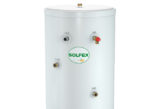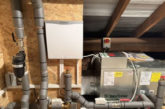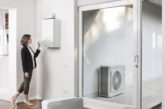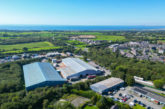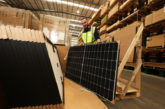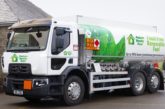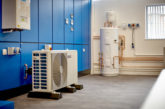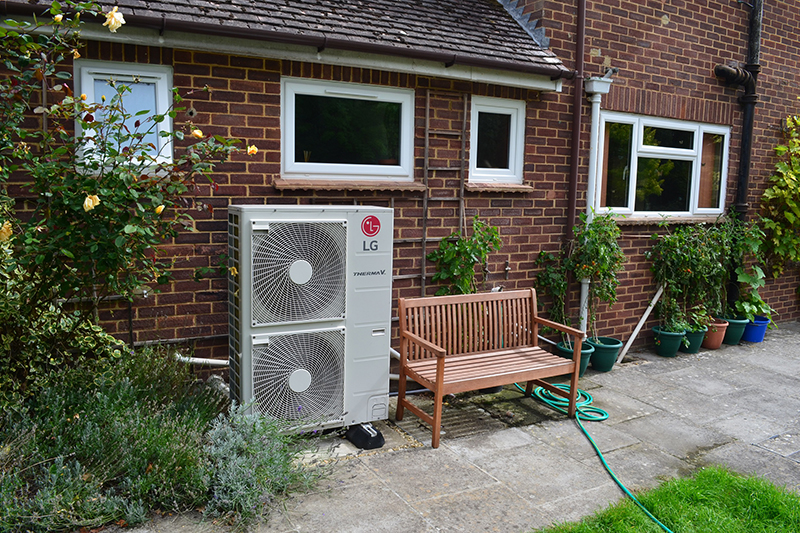
Donna-Marie Evans, Marketing Manager at LG Electronics, explains why heat pumps are a sustainable heating solution and outlines some of the options available for installers.
With recent announcements from Government about the decarbonisation of heating in the UK, the spotlight has been trained on the use of proven renewable technology to provide our heating and hot water.
Heat pumps have seen a huge take up in northern Europe, Scandinavia and Canada – all of which experience far worse winters and lower temperatures than we do in the UK – and seem set to grow in importance here.
LG Electronics is a name probably best known for its consumer products – mobile phones, TVs and white goods – but increasingly for a wide range if HVAC products, most notably its Therma V air to water heat pumps, which saw a 100% increase in sales last year.
Reduce emissions
Air to Water Heat Pump (AWHP) systems – monoblocs or splits – present a variety of energy-saving options for a home’s heating and hot water system. By replacing a traditional gas, oil, or solid fuel system, an AWHP can reduce carbon emissions and energy usage.
The device’s absorption of natural energy from external air makes it consume less energy than conventional heating systems. And they can operate successfully at low temperatures. For example, the LG Therma V split has 100% capacity at temperatures as low as -7°C – and it’s very rare for temperatures in the UK to go that low even for a day each year.
System set-up
The terms ‘split’ and ‘monobloc’ refer to how the system is required to be set up in a home. A Monobloc is a bit like a combi boiler and is literally a ‘single block’ system, where the heat pump has all of its components – apart from the hot water cylinder which is installed in the home – located inside a heat pump unit situated outside the home.
Because a monobloc does not require someone with F Gas qualifications to get involved in the use of refrigerants, they are an excellent additional string to the bow of most professional heating installers, after attending a relevant training course.
A split heat pump unit has both an outside unit, which incorporates the heat exchanger and refrigerant, and an internal unit which sits inside the property, usually in a utility or boiler room.
Homes in the UK are suited for a monobloc air to water heat pump. A split system is an option generally for more complex installations and it can be installed up to 30m away from the home.
Higher or lower?
Low temperature air to water heat pumps produce water at a lower temperature. These systems don’t produce water as hot as a traditional boiler will as they generally only reach around 50°C at a maximum. These systems are suited to new build homes that tend to be well insulated. To be at their most effective, they operate well with either larger capacity – possibly K3 design – radiators or a higher number of radiators and/or underfloor heating.
High temperature air to water heat pumps are designed for poorly insulated or particularly large properties and those where replacing existing radiators or improving the insulation in the home isn’t possible. These high temperature heat pumps, offered by a few manufacturers including LG, can heat water up to 80°C.
The new LG R32 Monobloc range has already had an impact on the residential heat pump market. The unit is compact, meeting permitted planning permission guidelines, has a low GWP and an energy rating label of A+++. The new Monobloc units incorporate a new Scroll Type Compressor with a seasonal efficiency improvement of 7% over the previous rotary compressor.


